China celebrated the 48th International Museum Day with a variety of activities across the country. During a ceremony marking the occasion in Xi'an, Shaanxi province, on May 18, the fifth batch of China's first-tier museums was announced.
In December last year, the Chinese Museums Association issued the notice of starting the fifth batch of grading evaluations for the country's museums, which aimed to select first, second and third-tier museums. Museums actively applied for recognition. After experts reviewed their materials, conducted field investigations and held discussions, the final list of first-tier museums was announced on May 18.
A total of 123 museums were added to the most recent list, bringing the number of firsttier museums in China to 327. This accounts for approximately 4.78 percent of the 6,833 registered museums in the country, according to Liu Shuguang, director of the association.
China began officially evaluating museums in 2008 and gradually established two evaluation systems. One is centered on grading and is used to classify the museums into three tiers, while the other focuses on operations, measuring the performances of the museums to ensure they are qualified to remain in their assigned tiers.
Each evaluation is usually held once every three years, but not in the same years. The latest operations evaluation was completed last year.
The association has issued a detailed list of selection criteria focused on three aspects: museums' management and infrastructure; their collection management and scientific research; and their exhibition and social services, said evaluator Li Yaoshen, who is also deputy director of the China Cultural Relics Academy.
Museums must score over 400 points out of 1,000 to qualify as third tier, over 600 to be second tier and over 800 to be first tier, based on the evaluation standards.
According to Liu, the first tier consists of 41 museums focused on general history and culture; 33 on the histories of specific regions; 21 revolutionary memorial halls; 11 on nature and science; seven on archaeology; and 10 focusing on special topics such as the Grand Canal and jiandu, or bamboo and wooden slips that were used by scribes before paper was invented.
The first tier comprises 10 national-level museums, 12 at the provincial level, 70 at the city level and 23 at the county level. Another eight museums are affiliated with enterprises and universities, Liu said.
"First-level museums are the backbone of China's museum system, showcasing splendid exhibitions and representing the highest level of Chinese museums," he said.
The number of museums seeking tier status reached 1,148 this year, the highest since the evaluation system was launched in 2008, and covering all 31 provincial-level regions on the Chinese mainland, as well as the Xinjiang Production and Construction Corps, according to Li.
"The larger pool of applicants reflects the rapid growth of museums in China, especially after the challenges posed by the COVID-19 pandemic. It demonstrates that museums at all levels and of various types in China are increasingly standardizing management, strengthening capacity building, increasing cultural output and expanding social influence," Li said.
"It also shows that museum evaluations have been systematized and normalized within the national museum community, receiving wide recognition from both the community and society as a whole," he added.
Liu said the evaluation system helps cast a spotlight on China's best museums and promote the development of the industry.
"The system can build reputations, enhance public attention, awareness and acceptance, and make museums more attractive, resulting in more visitors," he added.
Some of the selected museums are relatively new. For example, the Gansu Jiandu Museum in Lanzhou, Gansu province, opened last year and has drawn attention.
According to Zhu Jianjun, director of the museum, it boasts more than 50,000 relics, including nearly 40,000 pieces of jiandu ranging from the Qin Dynasty (221-206 BC) to the Eastern Jin Dynasty (317-420).
"Since many of the jiandu are administrative records of the Han Dynasty (206 BC-AD 220) frontier fortress, they are essentially an encyclopedia about the ancient Silk Road and diaries of the communicative stories told along the road, and they play an important role in complementing, proving and correcting historical literature," Zhu said.
He attributed the successful promotion of the museum to its rich collection, well-designed exhibitions, in-depth research on jiandu studies and high-quality educational activities.
"The evaluation helps us discover the weaknesses of our museum so that we can make targeted improvements. It also provides a clear development direction, enabling us to make reasonable plans based on our unique features and the demands of the public," Zhu said.
After museums are classified into tiers, they have to undergo operations evaluations from time to time to show they are still performing well enough to retain their status. Those that are underperforming are downgraded.
Li Zhan, a researcher at the Shaanxi History Museum, which was listed as a first-tier museum in 2008, describes the operations evaluation as a major exam for museums.
"Every time an operations evaluation approaches, we feel nervous, like we're facing a big exam," he said. "We often compare our performances with the requirements to see if we have met the demands or fallen behind in any area. This urges us to continue to improve."
Such evaluations have led to changes at the museum. "We used to pay more attention to displays than to scientific research, but in recent years with detailed research requirements, we have been more strict in this area," Li Zhan said.
He said researchers at the museum have been given more opportunities to take part in academic seminars and present their latest studies. Even tour guides and security personnel have been encouraged to engage in academic studies.
Moreover, the exhibitions are increasingly based on solid research and have become a way to showcase its research progress to the public, Li Zhan said, adding that the exhibitions on painted pottery and jade in recent years were all designed based on thorough research.
The museum has also boosted communication with foreign counterparts thanks to the evaluation requirements.
Li Zhan explained that the Shaanxi museum works with foreign museums every year, introducing its exhibitions overseas and borrowing foreign treasures. Such actions have enabled the museum to showcase China's culture, strength and wisdom abroad while enhancing domestic visitors' understanding of foreign cultures. "This has made us more open and tolerant," he said.











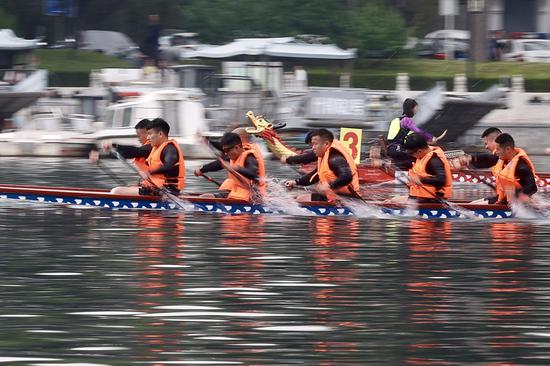




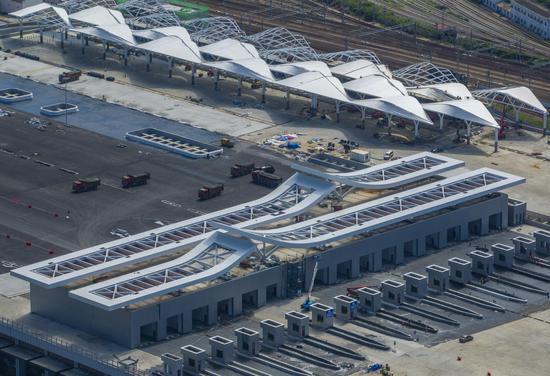
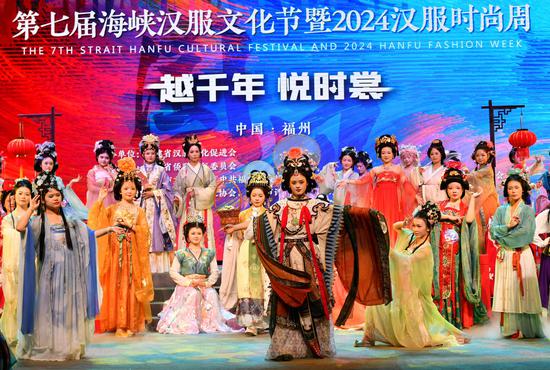

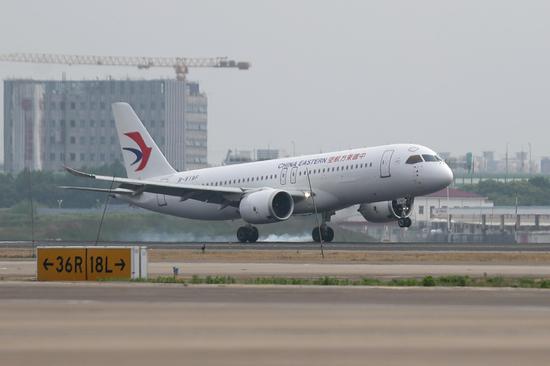


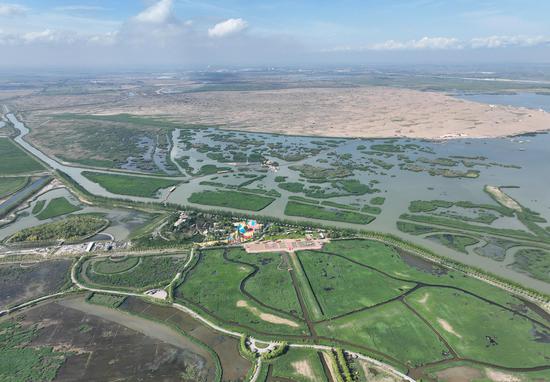


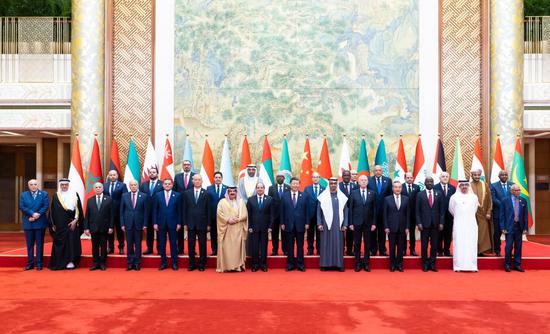
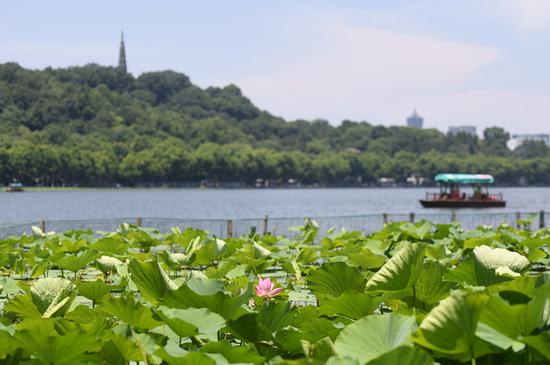
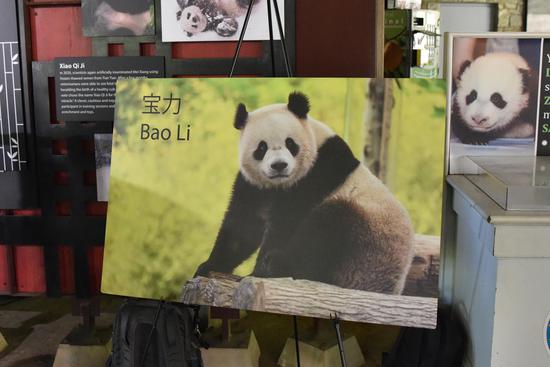

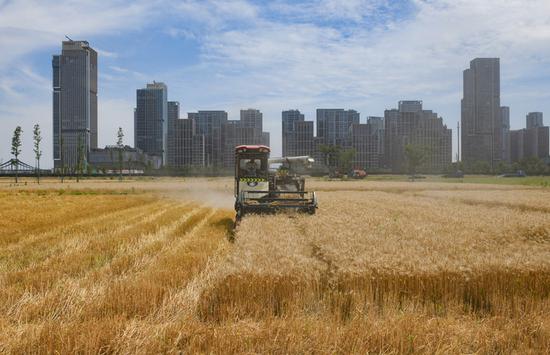

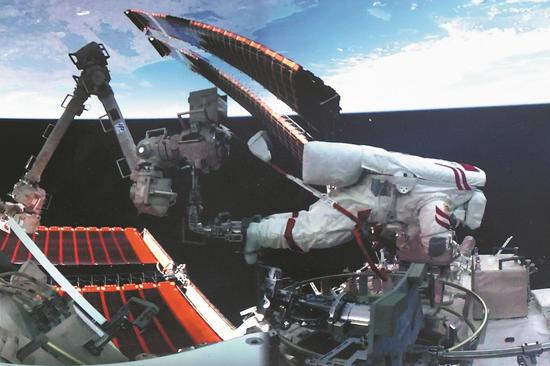

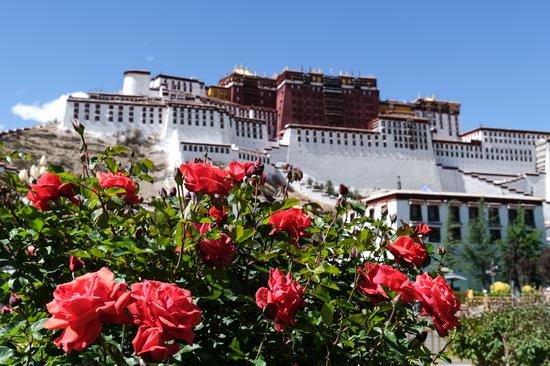
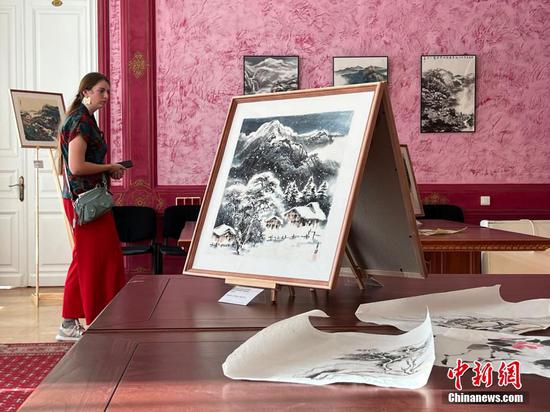

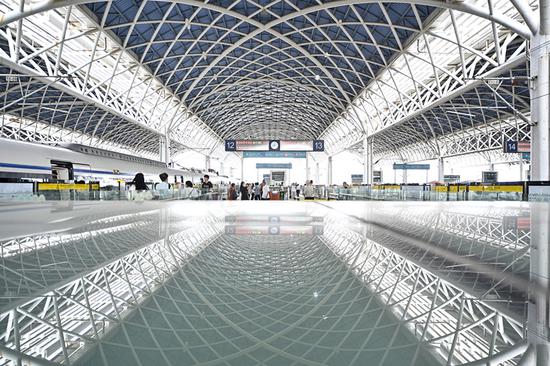
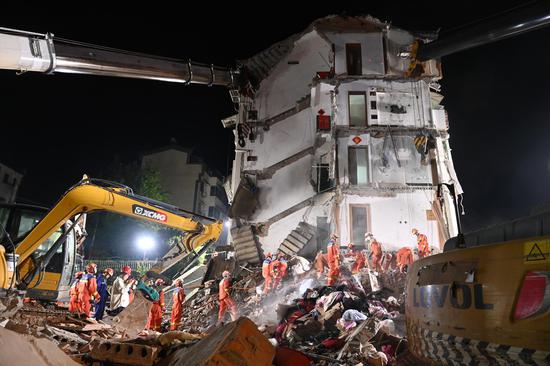
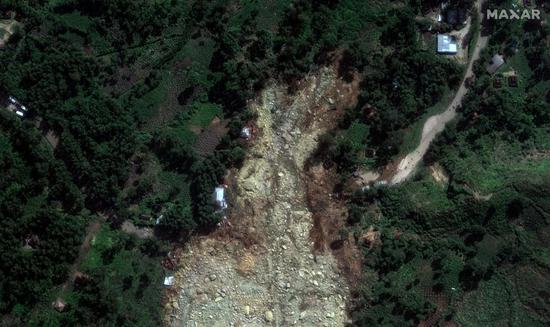

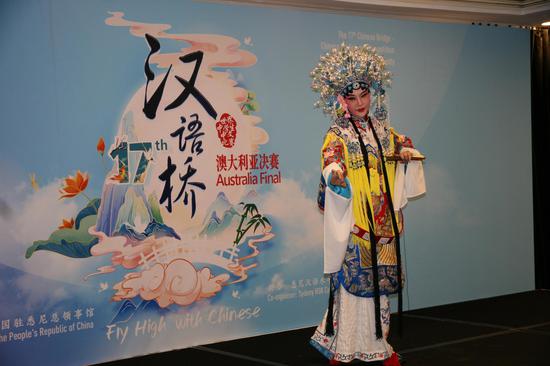





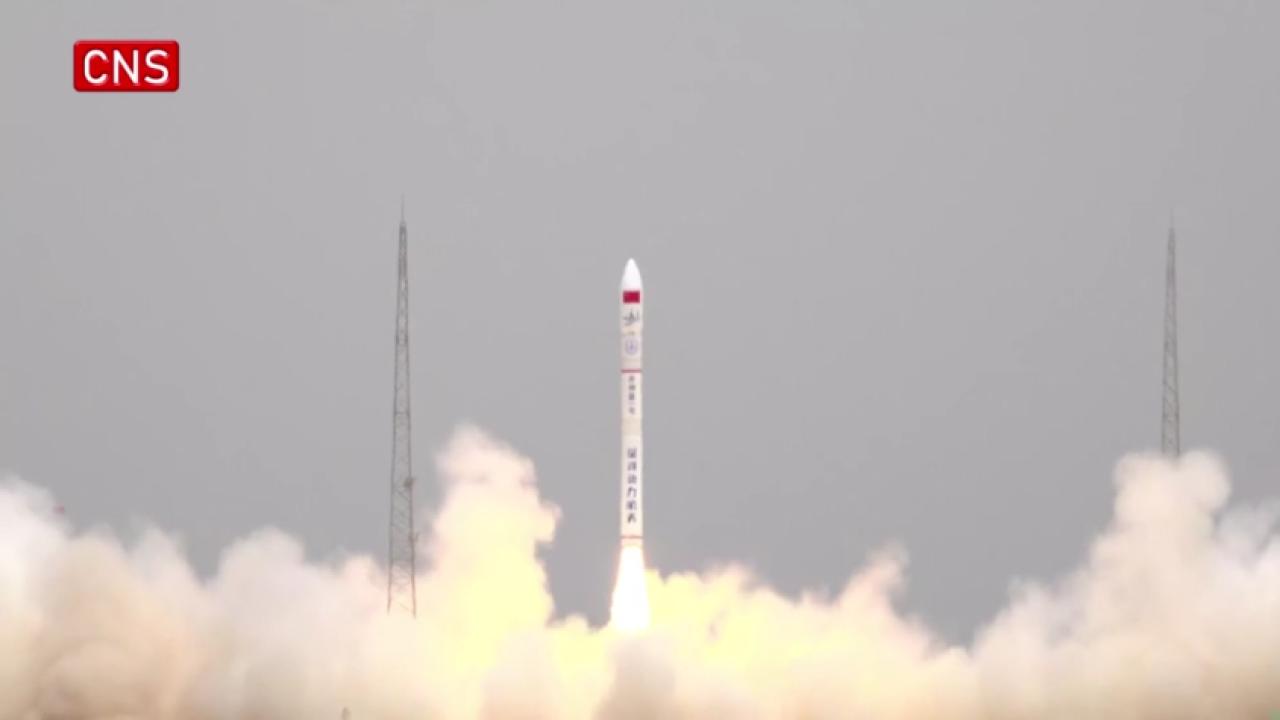

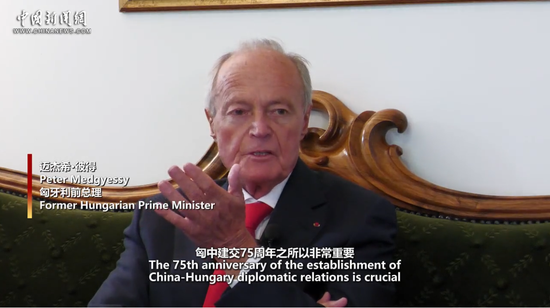

 京公网安备 11010202009201号
京公网安备 11010202009201号